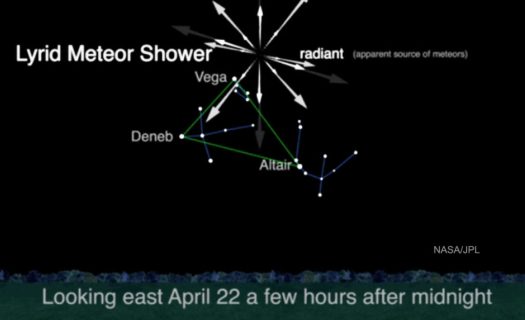
Recently there has been much talk about Mars in the media. NASA and private firms such as Elon Musk’s SpaceX are working on plans to send people to Mars and eventually build a colony there. For the past month, a planet-wide dust storm has blocked sunlight from reaching the planet’ surface and caused NASA’s solar-powered Opportunity rover to shut down. In addition, Mars is now in “opposition” to Earth and at its closest point to us since 2003. The current position of Mars gives us optimum Martian viewing.
When astronomers say that Mars is in perihelic opposition to Earth, that means the Sun, Earth, and Mars are in a line with Earth in the middle. That makes the apparent luminosity of Mars the brightest that it is at any time. Also, it means that Mars rises each night as the Sun sets and Mars sets each morning as the Sun rises. So Mars is visible in the sky all night long, and it is two times brighter than Jupiter, which usually outshines it. In addition to Mars, Saturn, Jupiter, and Venus are also visible at this time in an east-west arc across the sky after sunset. You can distinguish Mars by its red color, and it will continue to be bright through August for the optimum Martian viewing opportunity.
On July 26, NASA announced, “It’s the beginning of the end for the planet-encircling dust storm on Mars.” However, it may be weeks or even months before the Martian atmosphere clears enough for the Opportunity to have enough sunlight to recharge its batteries and return to life. NASA hopes that the batteries will recharge before Opportunity freezes to death. The average temperature on Mars is minus 80 degrees Fahrenheit (minus 60 Celsius). That is not very hospitable to machinery, or humans.
In addition to the previous factors, Mars will be at its closest point to Earth today, July 31, 2018. It will be only 35.8 million miles (57.6 million km) away from us. Mars is at its closest point about every two years. When Mars is on the other side of the Sun, it is about 250 million miles (401 million km) away. For that reason, any mission to Mars will have to be precisely timed to reach our neighboring planet in the shortest time, but it will still take months to make the journey.
With all of the challenges of reaching and perhaps colonizing Mars, the work goes on to achieve that goal. Some, such as Elon Musk, are suggesting “terraforming” Mars. That is, modifying the climate to make it hospitable to earthlings. That would require raising the climate temperature, thickening the thin atmosphere, and having a stable supply of liquid water, among other things. Elon Musk suggested a method of doing that which involves bombing the polar ice caps with explosives. It sounds like science fiction, and a new report from two leading scientists, Bruce Jakosky of NASA and Christopher Edwards of Northern Arizona University suggest that it is. Their study published in Nature Astronomy concludes that “with current technology, we just don’t see that there are any viable options” for terraforming Mars.
What we need to remember as we consider all of this, is that God has given us a planet that has all of the right conditions for us to live on and enjoy. He has already “terraformed” it for us, and we need to protect that gift and use it wisely. In the meantime, we can enjoy the optimum Martian viewing opportunity He provided for us to see the “red planet” right now.
–Roland Earnst © 2018









